
View of a drilling rig at PDC Energy's Cole well pad in Salesville, Ohio on 10/02/2014. Wells are being drilled across the states of Ohio, Pennsylvania and West Virginia to extract gas from the Marcellus and Utica Shale, rock formations that extends throughout much of the Appalachian Basin. Gas companies are using a technique known as hydraulic fracturing or "fracking", which involves pumping fluid into wells at high pressure in order to fracture the rock formation and release the gas. © Noah Addis/MSDP 2015
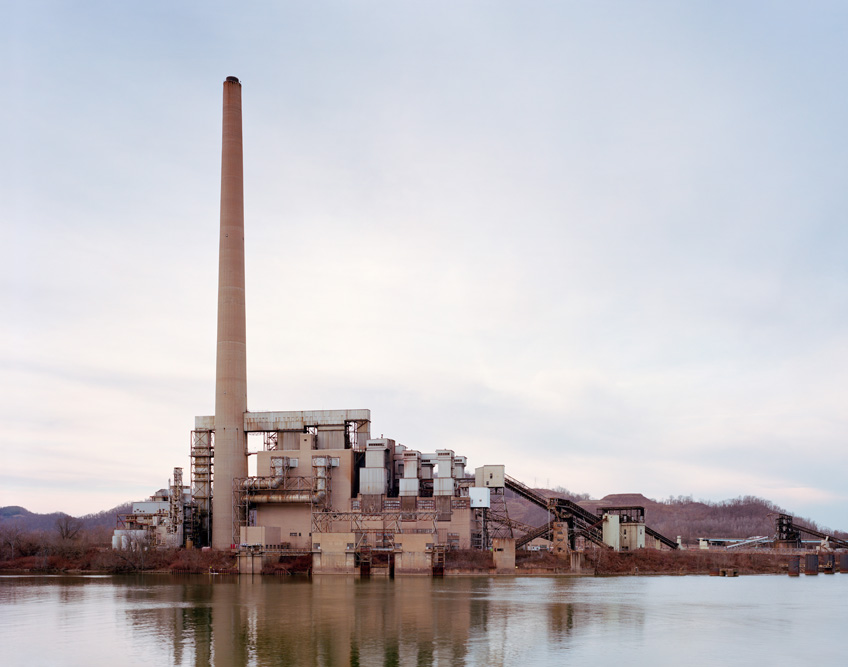
View of the FirstEnergy R.E. Burger power plant in Shadyside, Ohio on 01/31/2016. The plant's coal-fired boilers were taken off line in 2011 and the facility was completely closed in 2015. The site is being considered for a new ethane cracker plant. The processing plant would take ethane from the Utica and Marcellus Shale formations and convert it into ethylene, which is used in the petrochemical industry. © Noah Addis/MSDP 2015

View of a gas flare at Gulfport Energy Corporation's Karen well pad in Quaker City, Ohio on 03/11/2014. Wells are being drilled across the states of Ohio, Pennsylvania and West Virginia to extract gas from the Marcellus and Utica Shale, rock formations that extends throughout much of the Appalachian Basin. Gas companies are using a technique known as hydraulic fracturing or "fracking", which involves pumping fluid into wells at high pressure in order to fracture the rock formation and release the gas. © Noah Addis/MSDP 2015
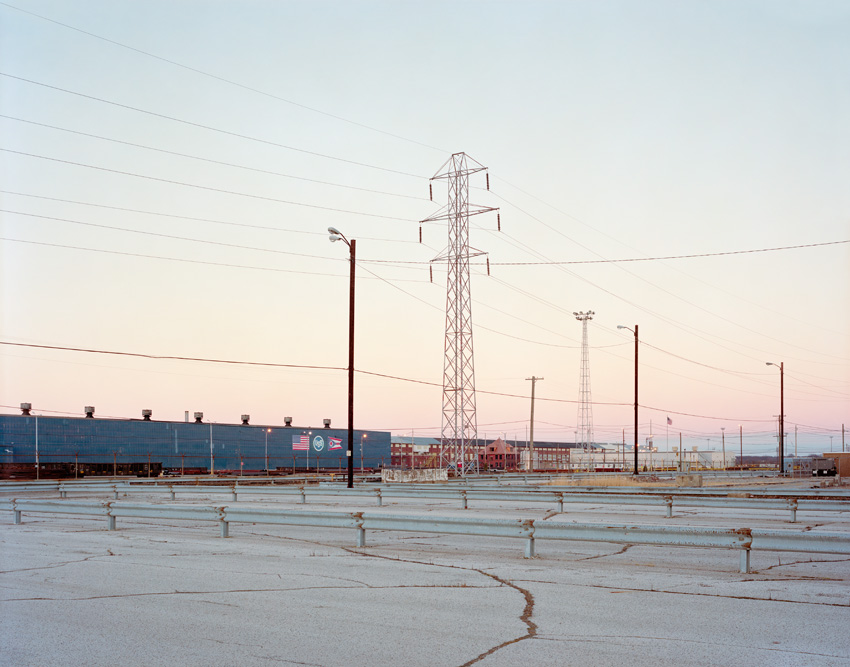
View of the U.S. Steel plant in Lorain, Ohio on 02/03/2016. The Lorain Tubular Operations plant has an annual production capacity of 780,0000 net tons of oil country tubular goods, including drill pipe and other products used by the oil and gas industry. Low oil and gas prices have led to layoffs at the facility. © Noah Addis/MSDP 2015
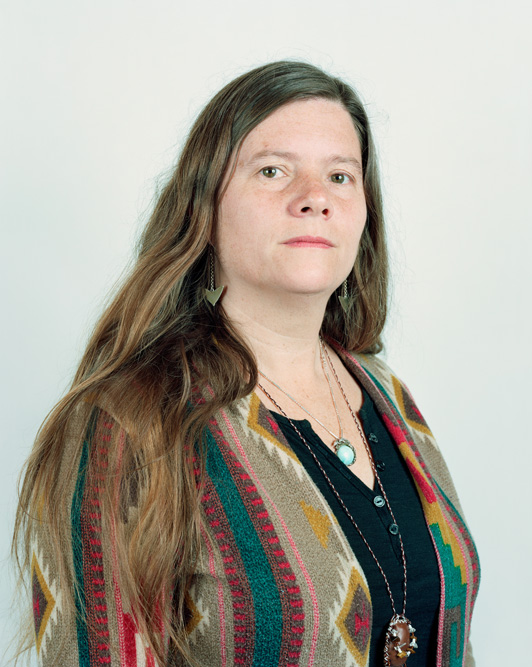
Jill Antares Hunkler poses for a portrait at her home in Barnesville, Ohio on 02/06/2016. Hunkler says she has experienced health problems, including headaches, rashes, respiratory problems and insomnia since shale gas development started near her home. She says area residents are subjected to explosions, fires, gas leaks, air pollution and the contamination of the water supply; "I never imagined that my quiet country way of life would disappear". © Noah Addis/MSDP 2015

Mollie Caryll poses for a portrait at her home in Valley Grove, WV on 02/11/2016. Caryll, who lives near several well pads and a large compressor station, says her health has been affected by energy industry activities. Caryll said she was forced to leave her job as a bank manager due to extreme fatigue, headaches, skin rashes and endocrine disorders, all of which began suddenly after the start of drilling activity in the area. She and her husband Dan moved to the house six years ago, hoping for a quiet place to retire. "We did everything right ", she said, "then it all changed overnight." © Noah Addis/MSDP 2015

Tom Bond poses for a portrait at his home in Jane Lew, WV, on 02/11/2016. Bond is a farmer and a retired professor with a Ph.D. in inorganic chemistry. He has lived on his 500-acre cattle farm for 52 years. He says he is concerned about air and water pollution due to increased energy development in the area, including a natural gas storage field near his farm. "People want to consume more these days", Bond said, "and the production of food requires clean water." He is also concerned about the potential for health problems caused by air and water pollution. "It's easy for the energy industry to dismiss anecdotal evidence, but it's real enough for the people who have to suffer through it." © Noah Addis/MSDP 2015

Lyndia Ervolina poses for a portrait at her home in West Union, WV, on 02/14/2016. Ervolina says that she and her husband have had health problems since energy companies began fracking in her area. Her home is surrounded by wells, pipelines and gas processing facilities. She says that an older conventional gas well near her home blew out and then continued to leak gas due to underground pressure from nearby fracking operations. Ervolina says the fumes, as well as the contamination of the creek that runs through her property, have caused rashes, heart palpitations, lightheadedness and gastrointestinal problems, as well as the death of two of her dogs. "We're completely surrounded here and more and more of our rights are being taken away", Ervolina said. "I'm losing everything." © Noah Addis/MSDP 2015
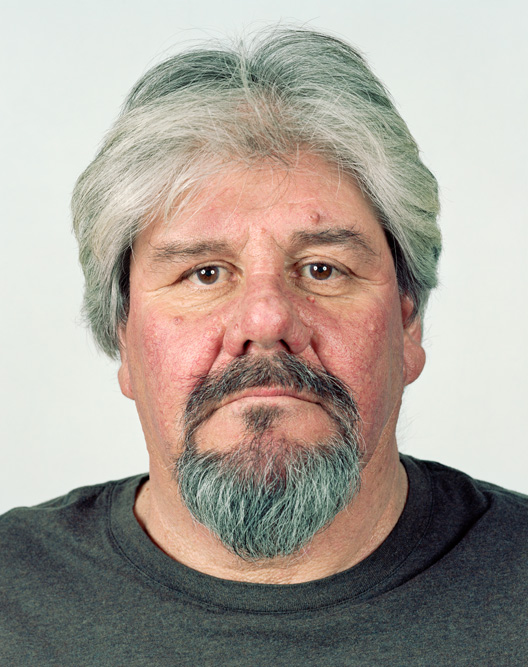
Cal Lommler poses for a portrait at his home in Hiram, Ohio on 02/18/2016. Lommler says an old gas well near his home has been used as an injection well for the past several years, leading to heavy truck traffic in the area and constant noise from the facility. He says he had to install a water filter in his home after his water quality declined suddenly, and he is still concerned about water pollution from the well, which is less than a mile from the Cuyahoga river. Lommler said that he has been unable to find out exactly what they're dumping in the well. "It is a big safety issue", Lommler said. "When something bad happens it's going to be too late." © Noah Addis/MSDP 2015

Jeff T. Bond poses for a portrait in Senecaville, Ohio on 02/19/2016. Bond, who has lived in Seneca Township for 35 years with his wife Kerri, claims that energy companies and state officials are harassing them and covering up the theft of gas and mineral leases on their property. The dispute, which began in 2011, is still not resolved. He also claims that air and water pollution are affecting his health. Bond says he has experienced respiratory and other problems. "Our land is not safe anymore." Bond said, "Things aren't the same and we can't get anyone to acknowledge the problems." © Noah Addis/MSDP 2015

Kerri Bond poses for a portrait in Senecaville, Ohio on 02/19/2016. Her home in Seneca Township is 1200 feet from a well pad and a half mile from a natural gas compressor station. Bond claims the area has undergone drastic environmental changes since the industry came to the area in 2011. She says that many trees in the surrounding forest have died, and the vegetables she grows in her garden are often badly deformed. Bond says she now experiences nosebleeds, skin sores and rashes, respiratory problemsand other health problems. She plans to move to a farm in Kentucky. "This is going to affect us all if we can't grow food. " Bond said, "We live off the land, but I can't live here anymore. It's all gone." © Noah Addis/MSDP 2015

A truck driver, whose name is being withheld to avoid possible retribution for sharing his story, poses for a portrait in Senecaville, Ohio on 02/19/2016. The man says he works as a truck driver, carrying brine water for the gas industry. He says he was badly injured after an accident in early 2015. He claims a fitting came loose and he was covered with waste water, which resulted in burns, rashes and the skin peeling off of his legs. "The industry blames its problems on truck drivers," he said, "but there's no training and the companies are getting rich." © Noah Addis/MSDP 2015

Connie Waldeck poses for a portrait at her home in Mogadore, Ohio on 02/22/2016. Waldeck lives across the road from a large pipeline terminal along the Mariner West Pipeline, which transports ethane from the Marcellus and Utica shales to Canada for processing. She says the terminal, which has recently expanded, creates noise and heavy truck traffic. Waldeck is concerned about possible air and water pollution and no longer drinks her tap water. "It's been a trying few years, mentally and physically," Waldeck said. © Noah Addis/MSDP 2015

Dennis Copley poses for a portrait at his home in Mogadore, Ohio on 02/22/2016. Copley lives across the road from a large terminal along the Mariner West Pipeline, which transports ethane from the Marcellus and Utica shales to Canada for processing. His parents built the house by hand in 1963. Copley says his property values have declined drastically since the rapid expansion of the terminal, which is 300 feet from his home. He is concerned about water pollution, the facility is a quarter mile from a reservoir, and he claims that the tanks have occasionally leaked or overflowed. He also worries about a the potential for a serious accident. He says has been unable to find an attorney to represent his interests "The industry has a lot more money than we do." Copley said, "It's unfortunate that they don't see what we're going through." © Noah Addis/MSDP 2015
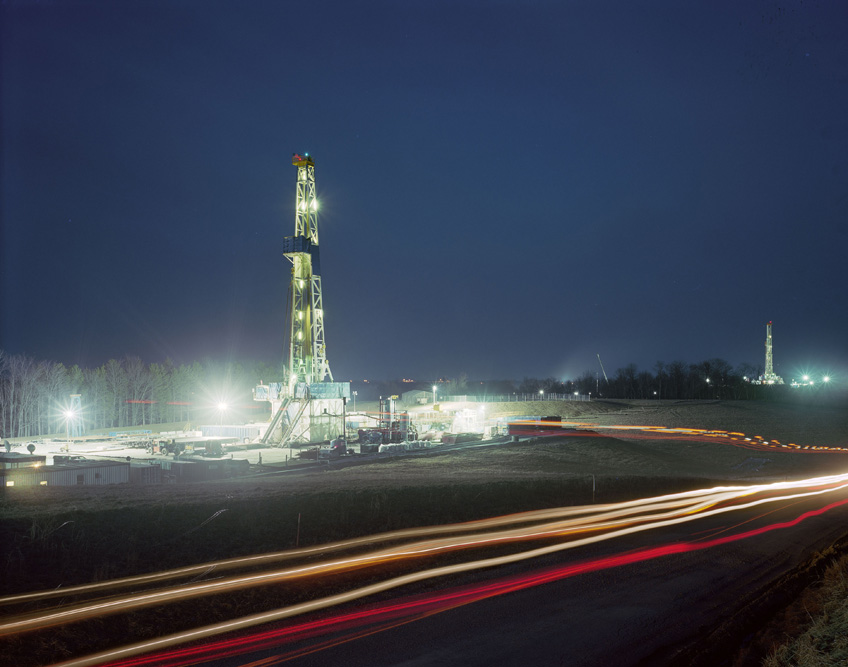
© Noah Addis/MSDP 2015
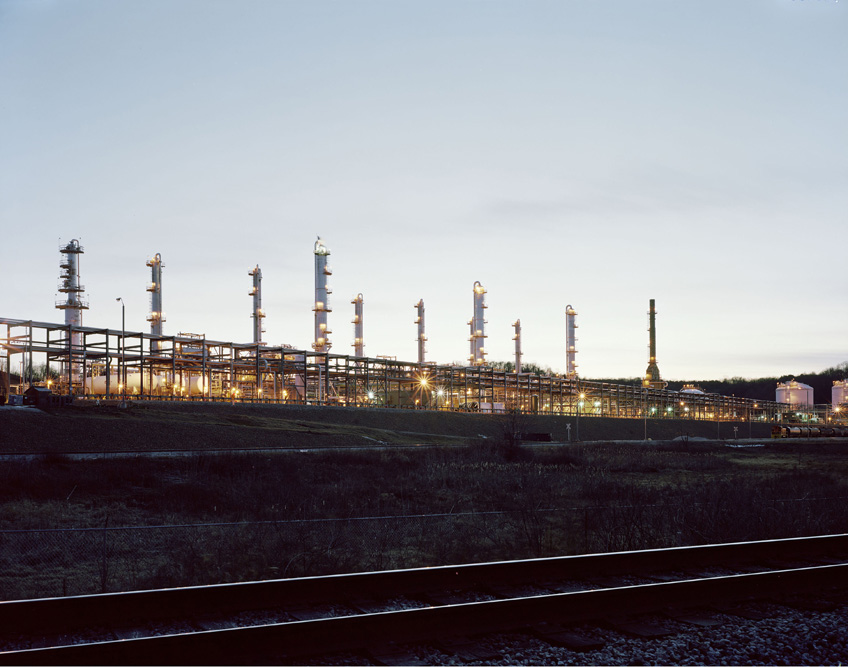
© Noah Addis/MSDP 2015
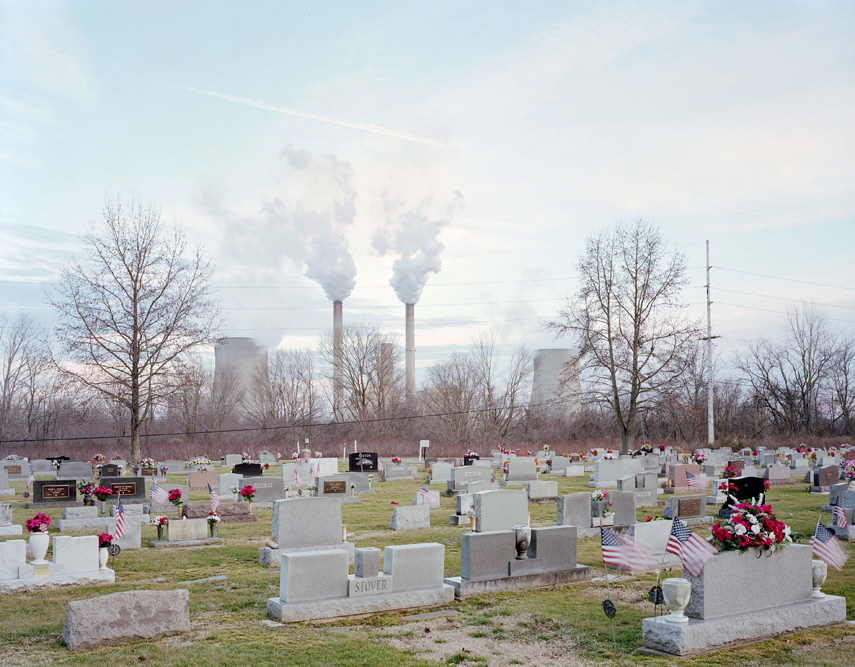
© Noah Addis/MSDP 2015
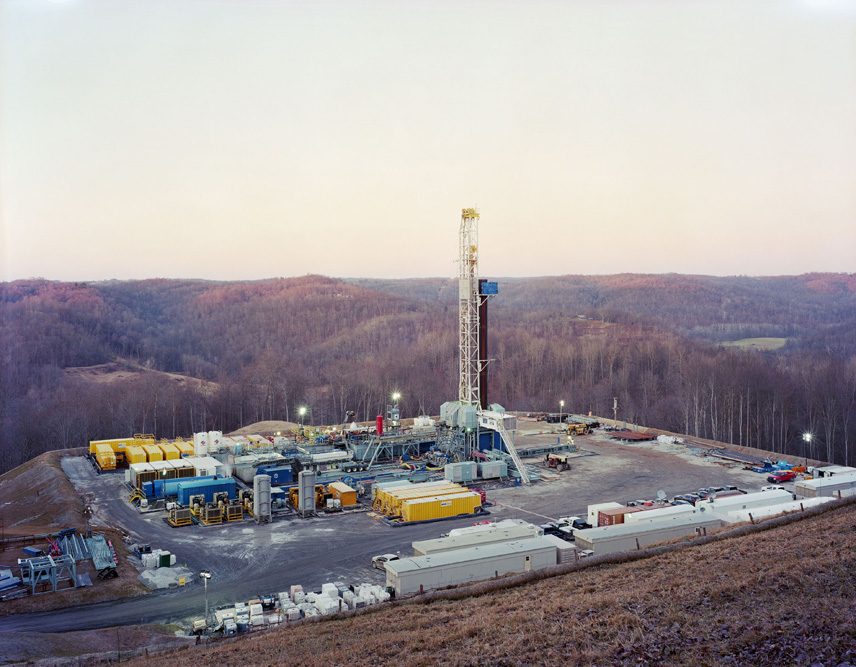
© Noah Addis/MSDP 2015


















View of a drilling rig at PDC Energy's Cole well pad in Salesville, Ohio on 10/02/2014. Wells are being drilled across the states of Ohio, Pennsylvania and West Virginia to extract gas from the Marcellus and Utica Shale, rock formations that extends throughout much of the Appalachian Basin. Gas companies are using a technique known as hydraulic fracturing or "fracking", which involves pumping fluid into wells at high pressure in order to fracture the rock formation and release the gas. © Noah Addis/MSDP 2015
View of the FirstEnergy R.E. Burger power plant in Shadyside, Ohio on 01/31/2016. The plant's coal-fired boilers were taken off line in 2011 and the facility was completely closed in 2015. The site is being considered for a new ethane cracker plant. The processing plant would take ethane from the Utica and Marcellus Shale formations and convert it into ethylene, which is used in the petrochemical industry. © Noah Addis/MSDP 2015
View of a gas flare at Gulfport Energy Corporation's Karen well pad in Quaker City, Ohio on 03/11/2014. Wells are being drilled across the states of Ohio, Pennsylvania and West Virginia to extract gas from the Marcellus and Utica Shale, rock formations that extends throughout much of the Appalachian Basin. Gas companies are using a technique known as hydraulic fracturing or "fracking", which involves pumping fluid into wells at high pressure in order to fracture the rock formation and release the gas. © Noah Addis/MSDP 2015
View of the U.S. Steel plant in Lorain, Ohio on 02/03/2016. The Lorain Tubular Operations plant has an annual production capacity of 780,0000 net tons of oil country tubular goods, including drill pipe and other products used by the oil and gas industry. Low oil and gas prices have led to layoffs at the facility. © Noah Addis/MSDP 2015
Jill Antares Hunkler poses for a portrait at her home in Barnesville, Ohio on 02/06/2016. Hunkler says she has experienced health problems, including headaches, rashes, respiratory problems and insomnia since shale gas development started near her home. She says area residents are subjected to explosions, fires, gas leaks, air pollution and the contamination of the water supply; "I never imagined that my quiet country way of life would disappear". © Noah Addis/MSDP 2015
Mollie Caryll poses for a portrait at her home in Valley Grove, WV on 02/11/2016. Caryll, who lives near several well pads and a large compressor station, says her health has been affected by energy industry activities. Caryll said she was forced to leave her job as a bank manager due to extreme fatigue, headaches, skin rashes and endocrine disorders, all of which began suddenly after the start of drilling activity in the area. She and her husband Dan moved to the house six years ago, hoping for a quiet place to retire. "We did everything right ", she said, "then it all changed overnight." © Noah Addis/MSDP 2015
Tom Bond poses for a portrait at his home in Jane Lew, WV, on 02/11/2016. Bond is a farmer and a retired professor with a Ph.D. in inorganic chemistry. He has lived on his 500-acre cattle farm for 52 years. He says he is concerned about air and water pollution due to increased energy development in the area, including a natural gas storage field near his farm. "People want to consume more these days", Bond said, "and the production of food requires clean water." He is also concerned about the potential for health problems caused by air and water pollution. "It's easy for the energy industry to dismiss anecdotal evidence, but it's real enough for the people who have to suffer through it." © Noah Addis/MSDP 2015
Lyndia Ervolina poses for a portrait at her home in West Union, WV, on 02/14/2016. Ervolina says that she and her husband have had health problems since energy companies began fracking in her area. Her home is surrounded by wells, pipelines and gas processing facilities. She says that an older conventional gas well near her home blew out and then continued to leak gas due to underground pressure from nearby fracking operations. Ervolina says the fumes, as well as the contamination of the creek that runs through her property, have caused rashes, heart palpitations, lightheadedness and gastrointestinal problems, as well as the death of two of her dogs. "We're completely surrounded here and more and more of our rights are being taken away", Ervolina said. "I'm losing everything." © Noah Addis/MSDP 2015
Cal Lommler poses for a portrait at his home in Hiram, Ohio on 02/18/2016. Lommler says an old gas well near his home has been used as an injection well for the past several years, leading to heavy truck traffic in the area and constant noise from the facility. He says he had to install a water filter in his home after his water quality declined suddenly, and he is still concerned about water pollution from the well, which is less than a mile from the Cuyahoga river. Lommler said that he has been unable to find out exactly what they're dumping in the well. "It is a big safety issue", Lommler said. "When something bad happens it's going to be too late." © Noah Addis/MSDP 2015
Jeff T. Bond poses for a portrait in Senecaville, Ohio on 02/19/2016. Bond, who has lived in Seneca Township for 35 years with his wife Kerri, claims that energy companies and state officials are harassing them and covering up the theft of gas and mineral leases on their property. The dispute, which began in 2011, is still not resolved. He also claims that air and water pollution are affecting his health. Bond says he has experienced respiratory and other problems. "Our land is not safe anymore." Bond said, "Things aren't the same and we can't get anyone to acknowledge the problems." © Noah Addis/MSDP 2015
Kerri Bond poses for a portrait in Senecaville, Ohio on 02/19/2016. Her home in Seneca Township is 1200 feet from a well pad and a half mile from a natural gas compressor station. Bond claims the area has undergone drastic environmental changes since the industry came to the area in 2011. She says that many trees in the surrounding forest have died, and the vegetables she grows in her garden are often badly deformed. Bond says she now experiences nosebleeds, skin sores and rashes, respiratory problemsand other health problems. She plans to move to a farm in Kentucky. "This is going to affect us all if we can't grow food. " Bond said, "We live off the land, but I can't live here anymore. It's all gone." © Noah Addis/MSDP 2015
A truck driver, whose name is being withheld to avoid possible retribution for sharing his story, poses for a portrait in Senecaville, Ohio on 02/19/2016. The man says he works as a truck driver, carrying brine water for the gas industry. He says he was badly injured after an accident in early 2015. He claims a fitting came loose and he was covered with waste water, which resulted in burns, rashes and the skin peeling off of his legs. "The industry blames its problems on truck drivers," he said, "but there's no training and the companies are getting rich." © Noah Addis/MSDP 2015
Connie Waldeck poses for a portrait at her home in Mogadore, Ohio on 02/22/2016. Waldeck lives across the road from a large pipeline terminal along the Mariner West Pipeline, which transports ethane from the Marcellus and Utica shales to Canada for processing. She says the terminal, which has recently expanded, creates noise and heavy truck traffic. Waldeck is concerned about possible air and water pollution and no longer drinks her tap water. "It's been a trying few years, mentally and physically," Waldeck said. © Noah Addis/MSDP 2015
Dennis Copley poses for a portrait at his home in Mogadore, Ohio on 02/22/2016. Copley lives across the road from a large terminal along the Mariner West Pipeline, which transports ethane from the Marcellus and Utica shales to Canada for processing. His parents built the house by hand in 1963. Copley says his property values have declined drastically since the rapid expansion of the terminal, which is 300 feet from his home. He is concerned about water pollution, the facility is a quarter mile from a reservoir, and he claims that the tanks have occasionally leaked or overflowed. He also worries about a the potential for a serious accident. He says has been unable to find an attorney to represent his interests "The industry has a lot more money than we do." Copley said, "It's unfortunate that they don't see what we're going through." © Noah Addis/MSDP 2015
© Noah Addis/MSDP 2015
© Noah Addis/MSDP 2015
© Noah Addis/MSDP 2015
© Noah Addis/MSDP 2015
